Most meat eaters have had salumi, ham, lox, pancetta, beef jerky, or bacon. All those foods fall into the same category of cured meats, but we don’t often stop to think about what curing means and how it affects the meat. Are cured meats healthy? What does curing meat actually involve, and how do you do it at home? Is there a risk of making someone sick?
Curing meat for the first time can feel intimidating. Intuitively, we understand that when we preserve meat there is a high risk of illness and spoilage. However, meat curing is an ancient practice that has been used safely for thousands of years. Around 150 B.C., Cato the Elder, a Roman noble and politician wrote:
This is the way to cure hams in jars or tubs. . . . Cover the bottom of the jar or tub with salt and put in a ham, skin down. Cover the whole with salt and put another ham on top, and cover this in the same manner. Be careful that meat does not touch meat. So proceed, and when you have packed all the hams, cover the top with salt so that no meat can be seen, and smooth it out even. When the hams have been in salt five days, take them all out with the salt and repack them, putting those which were on top at the bottom. . . .
After the twelfth day remove the hams, brush off the salt, and hang them for two days in the wind. On the third day wipe them off clean with a sponge and rub them with oil. Then hang them in smoke for two days, and on the third day rub them with a mixture of vinegar and oil.
Then hang them in the meat house, and neither moths nor worms will touch them.” (De Agricultura, 162)
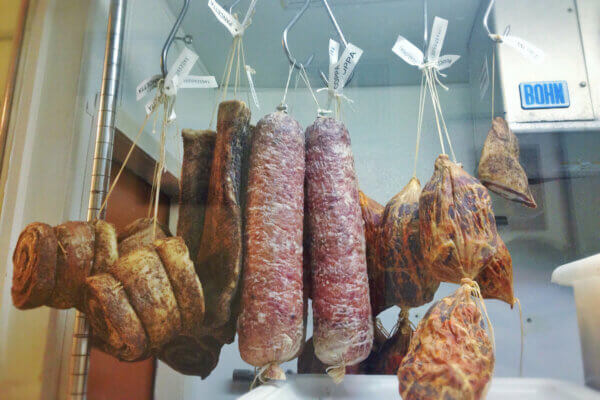
At its simplest, all it takes to preserve meat is salt and time. However, there is an art and science to cured meat that we will explore in this article.
Curing meat just refers to preservation. There are two very distinct types of cures with different processes and outcomes – a salt cure, which Cato the Elder describes, and a microbial cure or fermentation cure.
Salt Cures
Salt curing preserves meat by dehydrating the cells of the tissue. Osmosis draws water out of the meat, and spoilage microbes can’t live without it.
Typically, salt is mixed with sugar for a more palatable cure. The ratio varies depending on the recipe, type of meat, and length of cure, and this ratio is one of the components in the flavor outcome. The curing mixture can be applied using a brine or directly to the surface of the meat.
This process uses primarily non-iodized sodium chloride, but often, a particularly notorious salt called sodium nitrate is also added. It inhibits the growth of the botulism organism, a particularly dangerous spoilage microbe, but it has recently gained a bad reputation as a potential carcinogen. There is more discussion of the safe use of nitrates further on, in Food Safety.
You can salt cure by either applying salt directly to the surface of the meat or by immersing the meat in a brine. Salting the surface draws water out of the meat, and this liquid needs to be regularly poured off the meat and the salt mix reapplied.
Brines allow deeper penetration of the salt and produce a saltier tasting product, often requiring the salt to be soaked out before cooking. Not all meat that is brined for flavor before cooking would be considered cured. For example, grocery store rotisserie chickens are not cured, although they have been brined. The preservative effect is the key to curing.
Nitrate-Free Currant Bacon
Ingredients
- 1 slab fresh pork belly
- 1 pound salt
- 1 pound sugar
- Handful of dried currants
Directions
- Mix the salt and sugar in equal proportions with the currants and set aside.
- Put the pork belly in a shallow tray, like a Pyrex dish, and sprinkle the curing mixture liberally on all sides, rubbing it in with your hands if desired. Don’t use the full 2 pounds of salt and sugar at once.
- Cover the dish and put in the refrigerator; set aside the rest of the curing mixture. Water will be pulled out of the meat.
- Twice a day for 2-3 days, empty the water and repeat salting the surface of the meat, until over the course of 12 hours, little to no water is drawn from the meat.
- Once the salting is finished, dry the surface of the meat with a paper towel and smoke.
You can stop salting the meat at any point if you plan to preserve it with freezing and refrigeration. Store-bought bacon is not shelf-stable because it has been insufficiently salted.
However, for a fully cured product, continue salting until water no longer leaves the meat. This product will be unpalatably salty but safely preserved, and for best eating, cut into small bits in a soup or other dish.
Another tool to help safely preserve meat is the use of sodium nitrate, or pink curing salt. This allows you to use less salt overall and still have a safe product. Always follow the instructions on the packaging when using nitrate salt.
Microbial Or Fermentation Cures
Before we dive into microbial cures, I want to provide you with a quick glossary so we’re all on the same page.
A Quick Glossary:
- Anaerobic: environments without oxygen
- Dry cure: another name for fermentation cures
- Beneficial microbes: Any non-toxic microbe that causes a desirable result when introduced to food
- Fermentation: digestion of sugars in the absence of oxygen into acids and alcohols
- Inoculate: the introduction of beneficial microbes to the substrate
- Pathogens: harmful microbes which cause illness in humans when consumed
- Substrate: the food or material that microbial processes are happening to
The far more complicated and delicate art of curing is fermentation. Curing meat with fermentation is exactly the same process by which any other fermented food, like sauerkraut, yogurt, kimchi, sourdough, kombucha, and wine are produced. Fermentation is the practice of introducing microbes, which are not toxic to humans, that eat sugars and sometimes proteins in the substrate.
As beneficial microbes digest the sugars in an anaerobic environment, they produce acid or alcohol, as well as carbon dioxide. Acid and alcohol are both preservatives, and when done correctly, the growth of beneficial microbes introduces enough of those substances quickly enough to prevent the growth of pathogens. Fermentation is also a process of developing a desirable sour or tangy flavor.
Preparing meat for fermentation involves salt, but not enough to inhibit the growth of all organisms. For greater safety, use curing salt with nitrates, following the instructions on the packet. Most meat fermentations involve inoculation but not all.
For fermented sausages like salumi, keep in mind that sanitation and food safety will be of the utmost importance, far more so than in making cooked sausages.
Once the meat is prepared, it must be aged in a curing chamber while the fermentation progresses. A curing chamber, like a cheese cave, is a dark, sterile environment or one inoculated with beneficial microbes, with the correct temperature and humidity to encourage the desired microbial processes while inhibiting as many harmful microbes as possible. An improvised curing chamber can be made with a mini-fridge, as long as it is modified with a temperature and humidity sensor.
Depending on the recipe and the final product, fermentations can take days, weeks, or more than a year. The meat should be checked regularly. Some recipes and microbes will cause a surface mold to grow on the meat, especially on the casings of fermented sausages like salumi.
Always inspect the mold for uniformity and for any other colors and textures. An unpleasant or rotting smell is always an indicator of spoilage, and the meat should be removed from the chamber immediately. One part of your batch spoiling may not instantly mean the rest is inedible, but it is a warning sign that something about your recipe or your environment was not correct.
Fermentation is a complex and delicate process that for many becomes a lifelong art to master. Some fermentations are more accessible and easy than others, but meat is not one of them. This is not meant to discourage you, but to safely ferment meat requires understanding the microbial processes and risks in more detail than described here.
Start with a book, like the “Art of Fermentation” by Sandor Katz, which is intended to guide beginners through each step of the fermentation process. As always, the best way to learn is to find a mentor or friend to work with.
Flavor
The most important component to the quality of a dish is the quality of the meat, how it was raised, and what it ate. The best, healthiest and most delicious dishes are made of good meat.
Fats from animals raised outdoors and on pastures have higher levels of antioxidants, omega-3s, and fat-soluble vitamins like A and E. Any type of meat can be smoked. No matter what your ingredients are, the quality of your sourcing will raise the quality of your final product.
Another important factor in flavor is salt to sugar ratios. Sugar is not an essential part of the curing process in that it doesn’t help preserve the meat at all, but it cuts the saltiness. Home-salting meat is an experiment in balance and personal taste. While recipes can help you get the ratio of salt to sugar to meat correct, I’ve found it nearly impossible to predict the saltiness of the final product without a test batch.
You can always err on the side of less salt and plan to refrigerate or freeze the product. All cured meat products you buy at the grocery store do not actually have high enough levels of salt to be shelf-stable.
Historically speaking, salted meat would often be soaked in water and rinsed before cooking. It was not expected to be edible straight out of storage. When you do want to take the leap for the first time to make a shelf-stable cure, make a small batch and expect it to be very salty.
Additional spices and ingredients can be added to cures for nuance in flavor, like honey, pepper, thyme, marjoram, or even dried fruit like currants. However, these flavors will all be overwhelmed by too much salt, so the salt to sugar balance is paramount.
In fermentation, part of the flavor comes from the beneficial microbes themselves. Fermentations are a delicate and sophisticated balance of a number of microbes, and it is rare for a fermentation process to involve just one.
The blend of microbial activity is so precise and infinitely variable that it creates the difference between brie and Camembert, Emmental and Gruyere, or the flavor of Champagne, unique to Champagne, France.
Every bakery making sourdough has a different established culture that creates great variation in the flavor of the bread, even though the ingredients – salt, water, and flour – are identical. The same is true for meat. Only time, experience, experimentation, and sometimes the capricious whims of microbial populations will change the fermentation flavors.
Food Safety
With cured meats, spoilage and disease are large concerns. Some of the usual food safety requirements do not apply since curing is a preservation method meant to allow meats to be stored at room temperature. However, when not trying to establish a microbial community, curing meat should happen under refrigerated conditions.
When sufficiently salted and dehydrated, meat should be stored in a cool, dry place out of sunlight for best preservation. Over time, the taste will turn stale or oxidized, but spoiling meat has an unmistakably awful odor.
In addition to spoilage, there are a couple of particular diseases, botulism and listeria, that are of great concern to charcuteries. Those microbes do not cause a smell or visual change. The only way to detect them is to test for them, but strict control of the curing process can prevent these illnesses.
Botulism
Botulism is a foodborne illness that is often fatal. It is caused by a microbe, clostridium botulinum, that lives commonly in soil, but it is not the microbe itself which is harmful, rather a neurotoxin that it produces. Botulism only produces a toxin in anaerobic environments – where there is no oxygen, like inside the tissue of curing meat.
Since this takes some time, it poses no danger on fresh meat and vegetables. Heating to cooking temperatures kills active microbes and denatures dangerous toxins, but the microbe uses protective spores which are not damaged at cooking temperatures (140 degrees F). So even cured meat that has been cooked can develop botulism later.
There are three reliable methods to prevent botulism. First is salting and dehydrating, which prevents the spores from becoming active microbes and producing toxins. Second is low pH, or acidic conditions in recipes like pickled herring, where the acid inhibits microbial growth.
Last is pressure-canning, which heats the canned food, like tuna, to temperatures above boiling, where even the spores cannot survive. Since cured meats are often consumed without any of these methods (remember that the “cured” deli meat you buy in the refrigerated section is not actually fully preserved), the use of sodium nitrate in curing meat is very important for preventing botulism.
Listeria
Listeria is a bacteria which causes sepsis and other complications, especially in pregnant women, infants, and the elderly. It is a common worry in any raw product, like fermented meat, raw seafood, and raw milk and dairy products.
Unlike botulism, the listeria bacterium also occurs on fresh fruits and vegetables, and it is one of the few organisms that can continue to be active in a refrigerator below 41 degrees Fahrenheit. The temperature needs to be below 39 degrees, a small but crucial difference, to inhibit listeria growth.
However, since it is a live organism, instead of a toxin, it can be controlled and killed with the same methods of sterilization used to prevent any contamination – heat, salt, acid, alcohol, or another disinfectant. Cleanliness of your work space is paramount in preventing listeria.
The greatest risk of botulism, listeria, and other food borne microbes is in fermented meats. If the good microbial cultures are not properly established and produce acids and alcohols rapidly enough, harmful microbes can reproduce. Fermentation cures do use some salt, and most safe, reliable recipes include nitrates also, which inhibits clostridium botulinum.
The American and industrial approach to controlling listeria is absolute sanitization of all surfaces. Curing rooms, creameries, and other places where fermentation take place are quarantined from outside microbes and intensively cleaned. The historic and European approach to bacterial control is to rely on the established populations of good or desirable microbes to outcompete disease-causing bacteria.
Cheese caves, charcuterie curing chambers, creameries, and other places where food is fermented, have ancient and established populations of beneficial microbes which prevent listeria and botulism for taking hold and also provide a unique flavor to the product.
No matter what prevention methods you are using, when fermenting meat it is always important to test for harmful microbes. Any laboratory that does culinary or agricultural testing can test your finished product for listeria and botulism. USDA standards also call for facility inspections, a new requirement since 2002, which has caused tighter standards of cleanliness. Since listeria, in particular, is a common environmental bacteria, sometimes facility testing comes back positive even if the fermented product tests negative.
Nitrates
Sodium nitrate is a naturally occurring salt which gives a pink color to cured meat, the classic ham color and helps prevent the development of botulism microbes. Nitrates are an important component of protein molecules and naturally occur in vegetables and fruits. In fact, 80% of all dietary consumption of nitrates comes from eating vegetables. Celery salt is used as a substitute in meats cured “without nitrates,” but those recipes actually include a higher level of nitrates than recipes using curing salt.
Curing salt is a mixture of sodium chloride, with about 6-10% of sodium nitrate or nitrite. Nitrates and nitrites are similar except in the number of oxygen atoms in the molecule and react chemically in the same ways. Curing salt is pink in color, not to be confused with Himalayan pink salt. Historically, saltpetre has been used in curing as a source of nitrates.
In recent years, nitrates have come under suspicion for their relationship to a compound called nitrosamines, which are somewhat carcinogenic. Nitrosamines occur when nitrates or nitrites combine with a longer amino chain. This reaction occurs in high heat or high acid environments, including the acid of the stomach. Frying cured meats, like bacon, poses a higher risk of creating nitrosamines, although some occur in the digestive process regardless of cooking method.
However, in small quantities, the risk of nitrosamines causing damage is low, and nitrates are an important safety measure for meat fermentation, especially for beginners. In ferments, the compounds pose lower risk of becoming carcinogenic because the meat is not heated to high temperatures before eating.
Another health concern about cured meat is the high levels of sugar and salt. For people needing a low-sodium or low-glucose diet, cured meats are not as safe or healthy as fresh meat. For most people, however, in moderation and especially when made with high-quality meat to begin with, cured meat is a healthy and delicious option.
Curing meat ranges from the simple to the overwhelmingly complex, but the good news is there are easy places to start, and we live in a day and age where our lives do not depend on successfully curing meat to be shelf-stable.
When in doubt, always use the refrigerator or freeze method for your product, and don’t be afraid to throw meat away if you are afraid it is spoiling. If you take common-sense precautions for food safety and aren’t worried about having a very salty first try, there isn’t much to be worried about for taking your first steps toward home-curing meat.




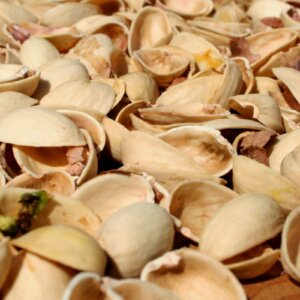


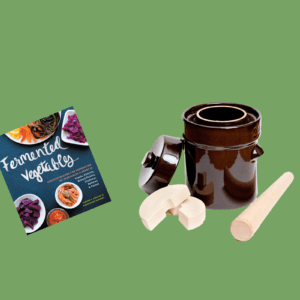



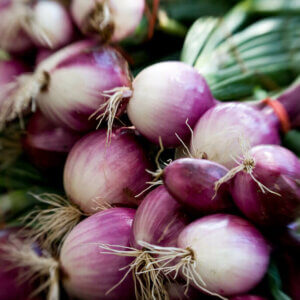






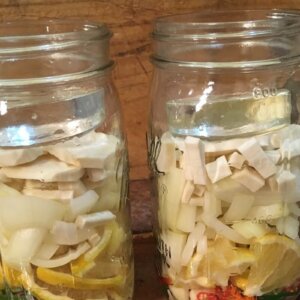
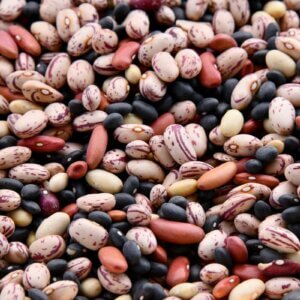
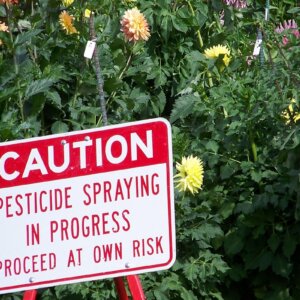
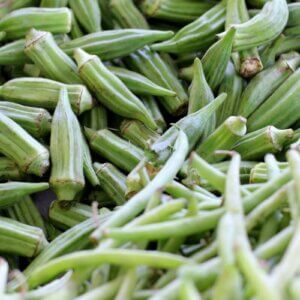


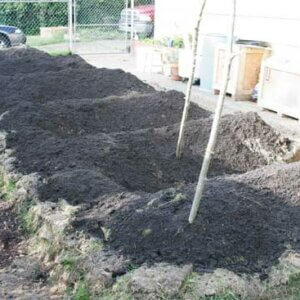






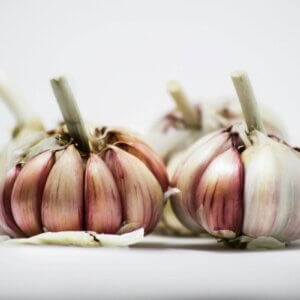



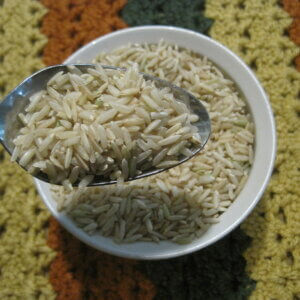
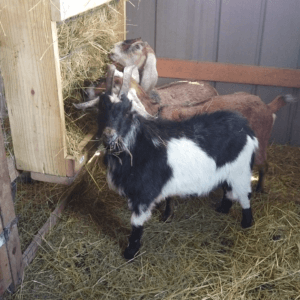


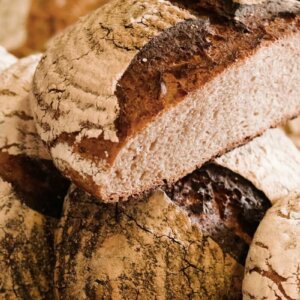
Great treatise on preserving meat!